ESTABLISHED IN 2016
Our passion is contagious.
Our results are tangible.

We empower people, deliver more than expected, and help create long-term value for a sustainable future.
AMN was founded to challenge common trends that continue to impact large asset-intensive organisations:
- The loss of valuable knowledge and practices due to business cycles, turnover, and a focus on short-term gains
- Increasingly complex and critical equipment, with declining organisational capability to manage it
- Asset management often overlooked in early project stages, leading to costly operational impacts
- A lack of clear accountability for asset performance and lifecycle outcomes
Our purpose is to partner with businesses committed to world-class asset reliability, reducing operational losses and driving sustainable performance by doing more with less.
Global Solutions
We’re proud of our proven track record partnering with clients around the world. This map highlights just a few of the locations we’ve supported.
OUR CLIENTS
Collaborative Partners
At AM Network, we’re all about helping asset-intensive businesses build real capability—across people, processes, and technology. We thrive on being a trusted partner, working from head office to the workshop, to solve complex problems and fast-track meaningful improvements.
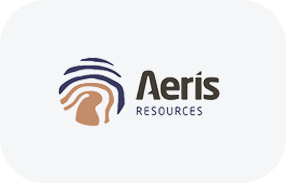
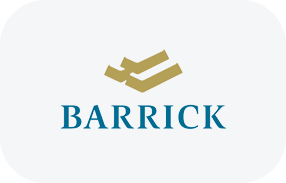





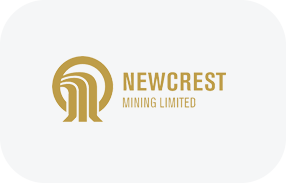
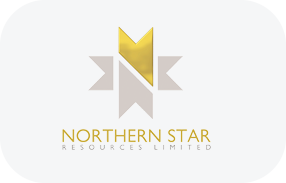

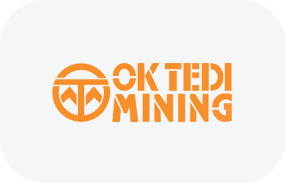




YOU'RE IN GOOD HANDS
Meet Our Team
Since 2016, we’ve brought together a trusted network of asset management experts who work alongside your team to make a lasting impression.

Chris Goodworth
Principal AM Brisbane AU

Elizabeth Beale
Principal AM Brisbane AU

David Moussie
Principal AM Townsville AU

David Kauppila
Principal AM/Reliability Townsville AU

Harry Edmondson
Principal AM/Ops Phoenix USA

Rohan Reisener
Principal AM Brisbane AU

Hisham Shoaib
Specialist AM Montreal CA

Michelle Beecroft
Specialist Graphics Brisbane AU

Anthony Bombardieri
Specialist Reliability Townsville AU

Chris Dunkerton
Specialist Reliability Darwin AU
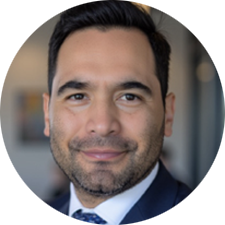
Carlos Bautista
Specialist AM/BI Brisbane AU
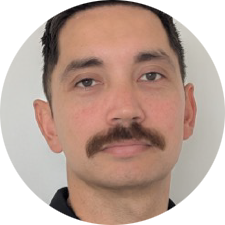
John Barry
Specialist CMMS/WM Brisbane AU

Andrew Scobie
Principal AM/BI/OS Brisbane AU
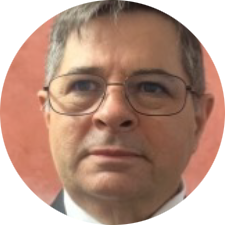
Rob Godwin
Specialist Materials Townsville AU
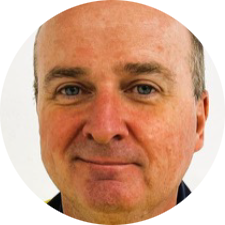
Andrew Black
Principal Elect Engineer Brisbane AU
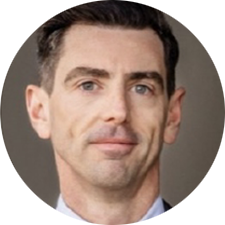
Adam Bamford
Principal AM Brisbane AU

Tania Townson
Office Manager Brisbane AU

